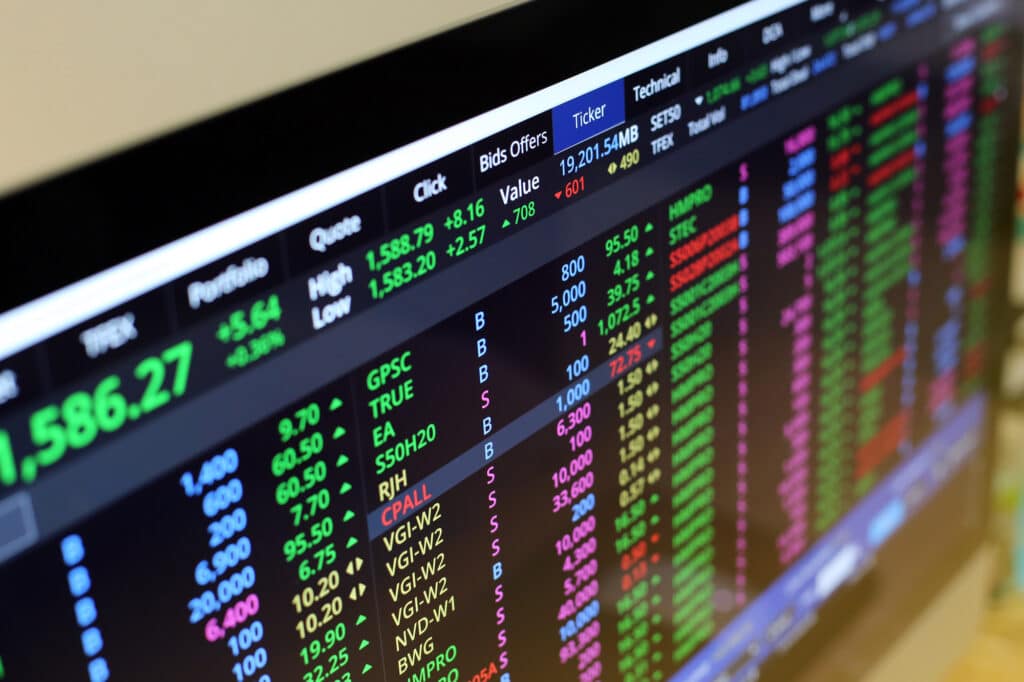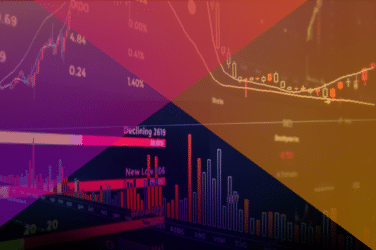
For an institutional investment manager that needs to add or reduce risk in its corporate bond portfolio, being able to trade a custom basket of dozens, or even hundreds, of securities in one shot is a big efficiency booster.
Portfolio trading has expanded to comprise about 7% to 8% of U.S. credit trading volume currently, a remarkable climb for a protocol that didn’t exist until the late 2010s. Paris Pender, Head of PT and Macro Credit Trading at electronic bond-trading platform Trumid, said it’s reasonable to envision that share tripling in time.
“We see more and more clients coming into the mix, and larger and larger trades getting done,” Pender told Markets Media. “There isn’t a hard reason why portfolio trading can’t become a much more substantial part of the market.”
Pender, a former Managing Director who served as Global Head of Credit Trading Strats at Goldman Sachs and a pioneer in the development of portfolio trading, recalled his ‘aha’ moment, when he and colleagues realized they could collaborate with traditional asset managers and price lists for them programmatically, similar to how they had done with ETF managers in the create/redeem process.
“I’m sure we’ve all had the experience in our careers when something just kind of works – when things just click, and you see the puzzle pieces start to fit together,” Pender said. “That’s what the early days of portfolio trading were like. It was very clear to me, from the earliest days, that the protocol was like a rock rolling down a hill.”
Coalition Greenwich highlighted the upside of portfolio trading in a July 2021 report, when portfolio trading volume had increased by 159% from two years prior, but still only represented 3-5% of the market. And it offers quality as well as quantity: nearly three-quarters, or 72%, of portfolio trades in 2020 achieved price improvement over the prevailing mid-price.
“It appears to be one of the rare innovations that is equally fascinating to both the dealer and buy-side community,” the report stated. “Investors appreciate portfolio trading for its ability to provide price improvement, particularly on more thinly traded names, and as a time-saver when compared to trading all of the bonds in the portfolio individually. The sell side likes portfolio trading because it allows for diversification of risk with a broader basket of bonds.”
Currently, portfolio trades comprise about 100 securities on average, Pender said. Trumid, which launched its portfolio trading protocol in February 2023, has facilitated trades well over 1,500 line items, and has the scale to handle 3,000 bonds with sub-second calculation times.
Increased volatility in the market over the past couple years has boosted portfolio trading, along with the closely correlated ETF market, as investors prioritize getting trades done over squeezing every last basis point from a transaction. “The ETF markets are largely where pricing for portfolios comes from, and health in that market brings health in the portfolio market,” Pender said. “So, we see portfolio trading market share growing through periods of volatility, and there’s a good foundational reason for that.” Coalition Greenwich notes that HY bond ETFs transact almost 50% of the average daily volume seen in the corresponding cash bond markets.
The business of providing portfolio trading solutions has become more competitive as increased demand from the buy side has incentivized trading-platform operators to introduce and expand offerings. But portfolio trading is not a commodity product – advanced technology, market expertise, and strong relationships with dealers, pricing and data providers are differentiating factors that can protect trading alpha.
Founded in 2014, Trumid had to be an innovator to break into a crowded market from the beginning, and the firm leverages its modern technology stack and enterprise-level agility to optimize its portfolio trading offering. The firm is run by former traders and sales professionals and sees that DNA as the key to being a partner, rather than contractor, in its tech initiatives.
“Innovation within a newer workflow is very important, and innovation is the mentality of Trumid at large,” said Trumid Chief Product Officer Jason Quinn. “We started with an innovative protocol to grow our network of clients, but ultimately what we’re trying to do is assemble many workflows, many ways to get trades done on our platform, all of which provide value to each other and our client network.”
Quinn said sourcing the right information from dealers – a heavier lift technologically than it sounds – is key. “We’ve constructed a best-in-class system for aggregation of axes and inventory from every single dealer that matters,” Quinn said. “That means more data at the buy-side client’s fingertips to help them assess quality of lists, and even who to choose to put in competition for a particular portfolio trade.”
Added Quinn: “There’s a lot that happens at Trumid that is not necessarily portfolio trading centric, but it feeds into making a more valuable portfolio trading offering.”







